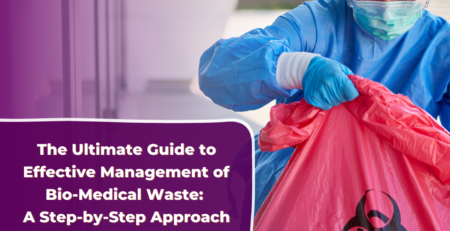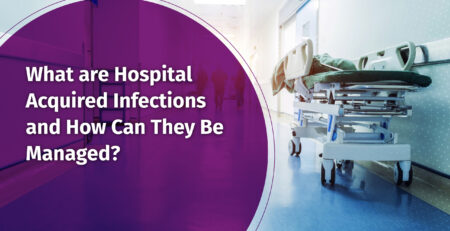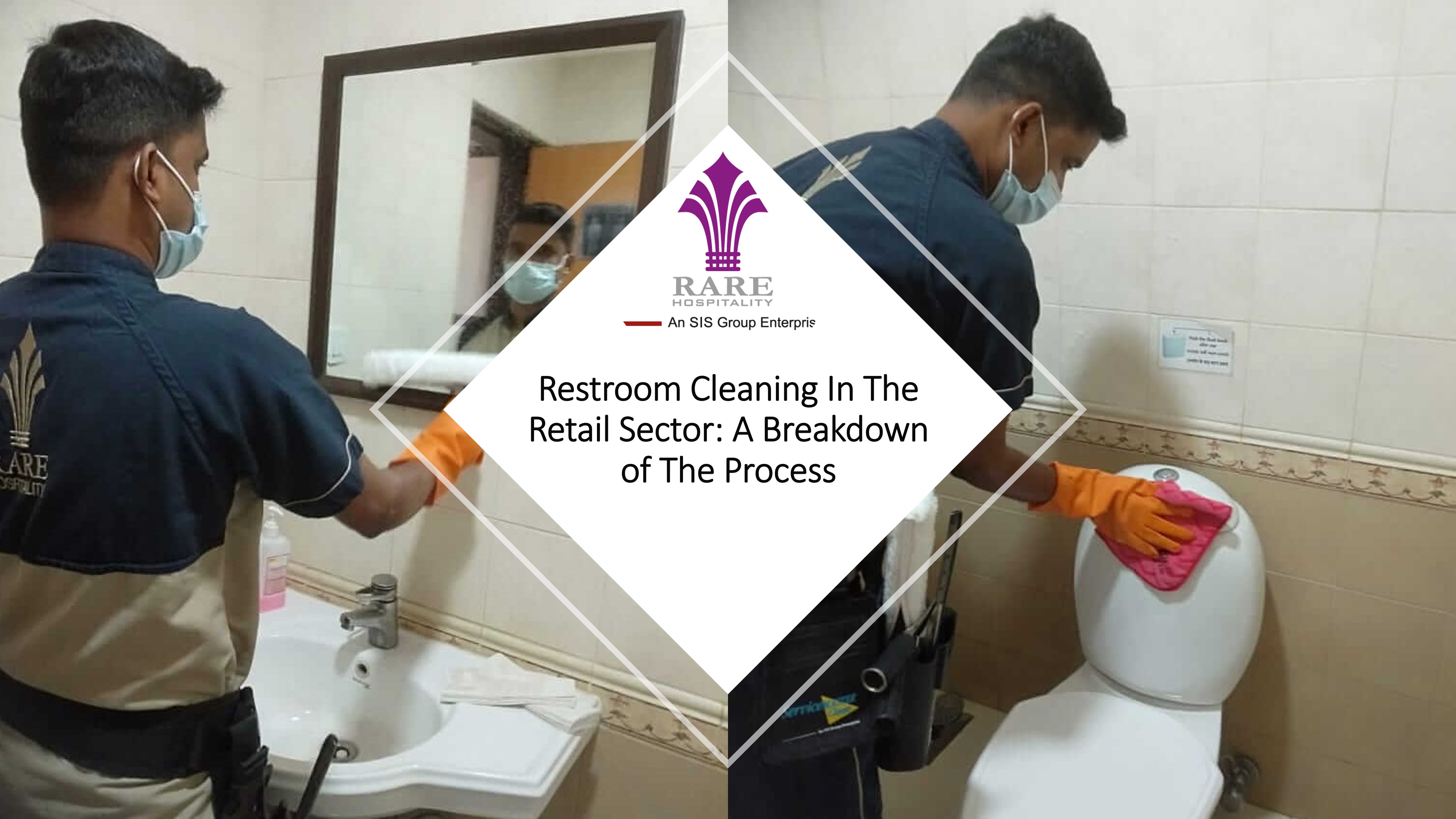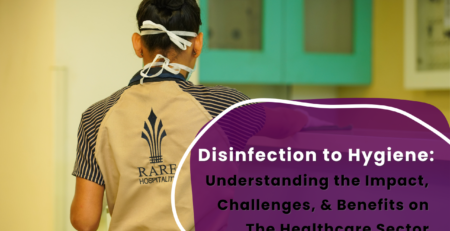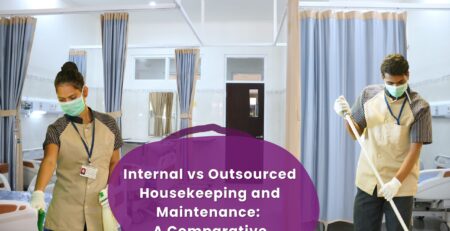Why Maintaining Sterile Surfaces is Important in Your Hospital
Viruses, bacteria, fungi, protozoans – our world is full of these germs. Each germ even has many sub-types that fall under it. All these germs or pathogens can attack the human body and cause infections and diseases. However, some of these pathogens are more powerful and harmful than others. The COVID-19 virus is one suitable example of this.
You come in contact with over 60,000 different types of germs every day. However, only 1-2% of them are dangerous to the human body.
Since infected and sick people go to hospitals to get treated, it is full of germs. Therefore, to reduce germs and avoid any spread of diseases, you must maintain sterile surfaces in your hospital.
Maintaining Sterile Surfaces in Hospitals
Regular cleaning in hospitals is crucial. But maintaining sterile surfaces in your hospital is even more vital. Clean surfaces involve the absence of dust, dirt, and stains from the floors and other surfaces. On the other hand, a sterile surface does not contain germs, pathogens, or disease-causing organisms.
If you do not maintain a sterile surface, the germs remain on them, especially on the commonly used ones like switches, door handles, tables, chairs, patient beds, washrooms, etc. These pathogens then spread to other patients. This occurrence is known as hospital-acquired infection (HAI).
Unfortunately, one out of ten hospital patients suffers from HAI, also known as nosocomial infections.
But How do You Maintain a Sterile Environment?
The Aseptic Technique
The aseptic technique is a term given to the process of preventing any contamination from different pathogens. It is a great technique that can help in maintaining a sterile environment.
To efficiently execute the aseptic technique at your medical facility, you must set up stringent rules and protocols. You must ensure that you follow these rules before, during, and after any surgery or treatment. Some of these rules are,
- Properly wash and sanitize your hands before touching sterile instruments.
- Utilize sterile gloves and gowns to create a barrier between the patient and their surroundings.
- Prepare the patient’s skin with a unique solution before beginning any procedure.
- Use sterilized equipment during surgeries.
- While wearing sterile gear like gloves, avoid touching any non-sterile instruments.
- Necessary personnel should only be present during surgeries and treatments.
- To eliminate any contact with blood and other body fluids, wear two gloves instead of one.
- Avoid splashing or spilling while pouring the contents of a bottle in a sterile environment.
Following the different rules of the aseptic technique can significantly reduce the transmission of pathogens and the number of HAIs. However, ignoring or making an error during any stage can make the patient vulnerable to infection.
Developing Infrastructure and Training
The COVID-19 pandemic has prolonged for such a long period because the virus mutated and became stronger. Similarly, to counter ever-changing pathogens, the healthcare infrastructure and training must also develop and evolve from the traditional methodologies, including the cleaning and disinfection department.
Luckily, most medical centers are on this path of making constant developments. For example, a study was conducted on 16 hospitals in Frankfurt/Main, Germany, in 2014 and 2016 to check if they improved cleaning and disinfecting surfaces.
The results of this study showed a clear development in the processes. In addition, the quality of the cleaning process, their outcomes, and the qualification of the employees met the desired standards.
In the same way, developing healthcare infrastructure and training and adapting to different approaches can also help create sterile surfaces.
Sustaining Sterile Surfaces with Technology
Leveraging technology in the battle against pathogens and diseases can be highly beneficial for your hospital. Today, with advancements in technology and science, there are many new approaches to cleaning and sanitization.
These approaches reduce the transmission of pathogens and HAIs in hospitals. In addition, due to automation in most of these methods, any physical intervention has also been eliminated, thereby reducing exposure.
Not only the methodology but even the products have changed. Instead of using disinfectants that contain harmful chemicals, the newer products are safe and risk-free. Hydrogen-peroxide is one such product that medical facilities widely use.
Some products even retain the pure nature of the surfaces for longer durations, thus making the surfaces “self-disinfecting.”
The RARE Way to Do It
RARE Hospitality India is a hospitality management platform with over 30 years of experience. At RARE, we integrate technology and science to take the digital approach for cleaning and disinfection. Through intensive hygiene and infection prevention and control services, we help keep your hospital safe and sterile.
Anti-microbial Surface Treatment
If maintaining sterile surfaces is the problem, then our Anti-microbial Surface Treatment is the solution. Through this treatment, you can enjoy sterilized surfaces for almost 90 days in your hospital. The surface treatment maintains its sterile nature and attacks any germ that comes into contact with it.
The best part about the anti-microbial surface treatment is that it is effective against powerful germs and viruses that other microbial treatments cannot eradicate. In fact, this treatment is effective against 99.9% of germs, bacteria, and viruses, including the COVID-19 virus. As a bonus, the shield does not get wiped out even with regular surface cleaning activities.
Conclusion
HAIs are a dangerous threat to all patients who go for treatments to hospitals and other medical facilities. However, there is some solace that at least 50% of these infections are preventable.
Maintaining a sterile environment can do your hospital wonders by eradicating pathogens and reducing HAIs. Contact us at RARE hospitality to create and maintain sterile surfaces today.




